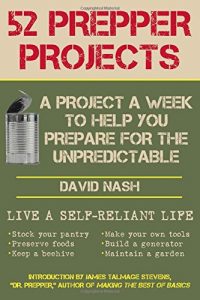
Just like when talking to beekeepers, beer brewers, or any of a number of simple skills. the basics of what I am about to talk about are simple. However, the chemistry rapidly gets complicated.
If you just want a simple quicklime or slaked lime it is easy. Realize that this level of tech was well known even before the ancient Romans. So making slaked lime is definitely something modern man can accomplish.
First, understand that there are two types of lime quicklime and hydrated lime.
Quicklime
Quicklime is made by heating calcium carbonate (limestone, marble, chalk, shells, etc.) to a temperature of around 1000°C for several to “burn” or “calcimine” it.
Hydrated Lime (aka Slaked Lime)
Quicklime is a strong base so it is unstable and can be hazardous. To make it less dangerous, water is added to” slake” it. This is also known as hydrated lime.
The first time I saw this process on YouTube, I was amazed. Water makes the burned limestone crumble to bits – it looks like it is melting.
If quicklime is hydrated with a lot of water and well mixed, it forms a milky liquid known as milk of lime.
If you age it enough that the solids settle, and then you drain off the extra water, you get a pasty residue that is called lime putty.
Lime putty stores almost indefinitely and, actually gets better with age.
When Lime putty is mixed with aggregate and water you can use it as a mortar of excellent quality and consistency.
In the video I used my aluminum smelting foundry to test the process. It worked, but the action of the blower and the corrosive lime ate right through my crucible.

